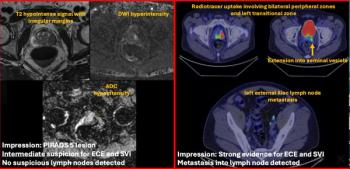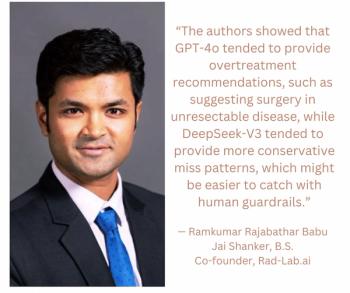
|Slideshows|June 1, 2009
Credit Crunch Spurs Innovation
Author(s)James Brice
Advertisement
Newsletter
Stay at the forefront of radiology with the Diagnostic Imaging newsletter, delivering the latest news, clinical insights, and imaging advancements for today’s radiologists.
Advertisement
Advertisement
Advertisement
Trending on Diagnostic Imaging
1
Should PSMA PET/CT Supplant MRI For Staging of Patients with High-Risk PCa?
2
Emerging Advances in Radiology Presented at the RSNA Conference
3
Current and Emerging Concepts with LLMs in Radiology: An Interview with Rajesh Bhayana, MD
4
Are Head CT Scans Overutilized in Emergency Departments?
5




























